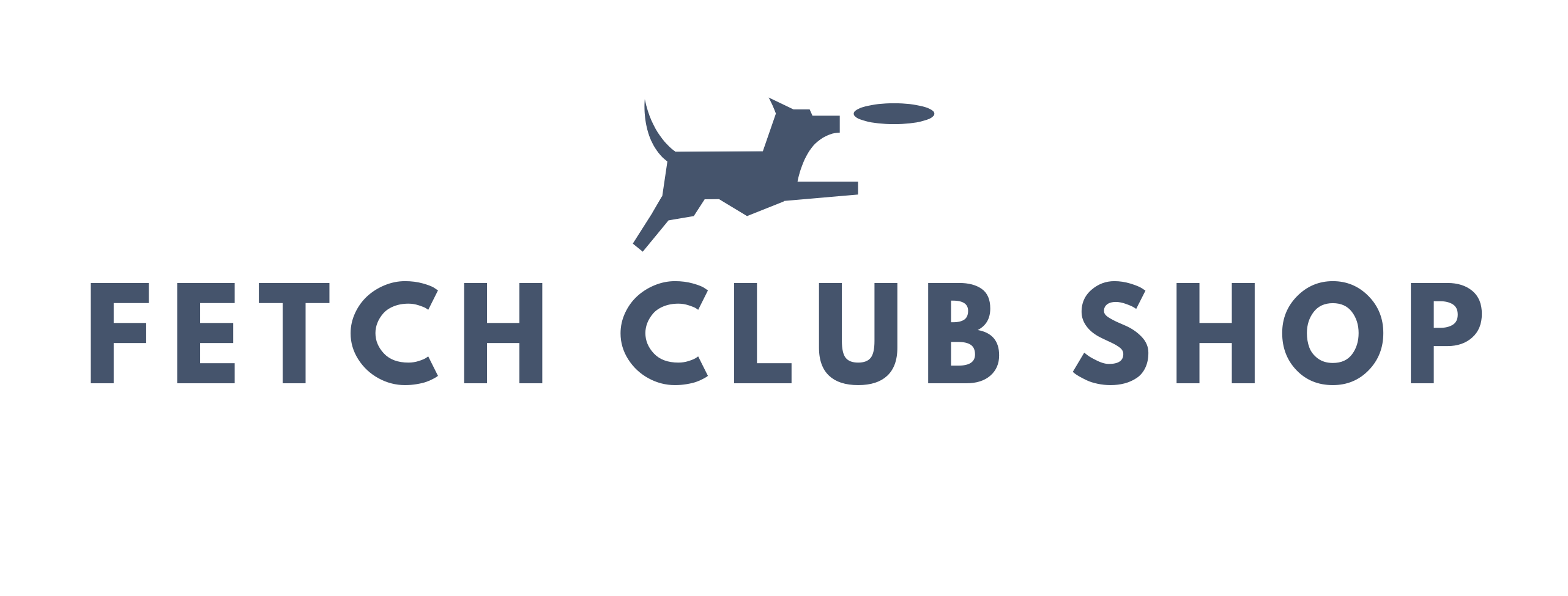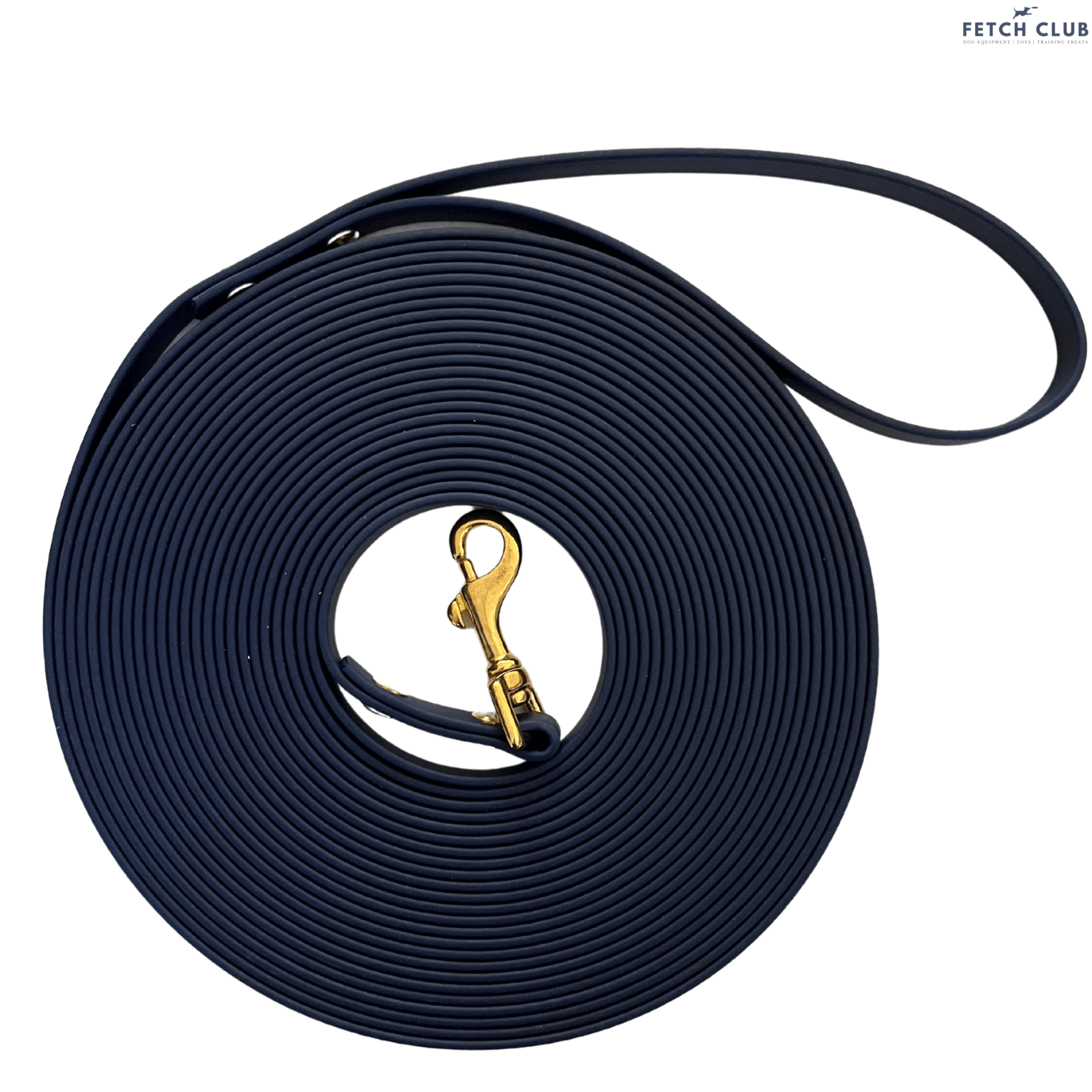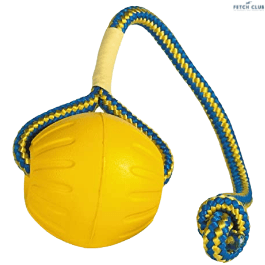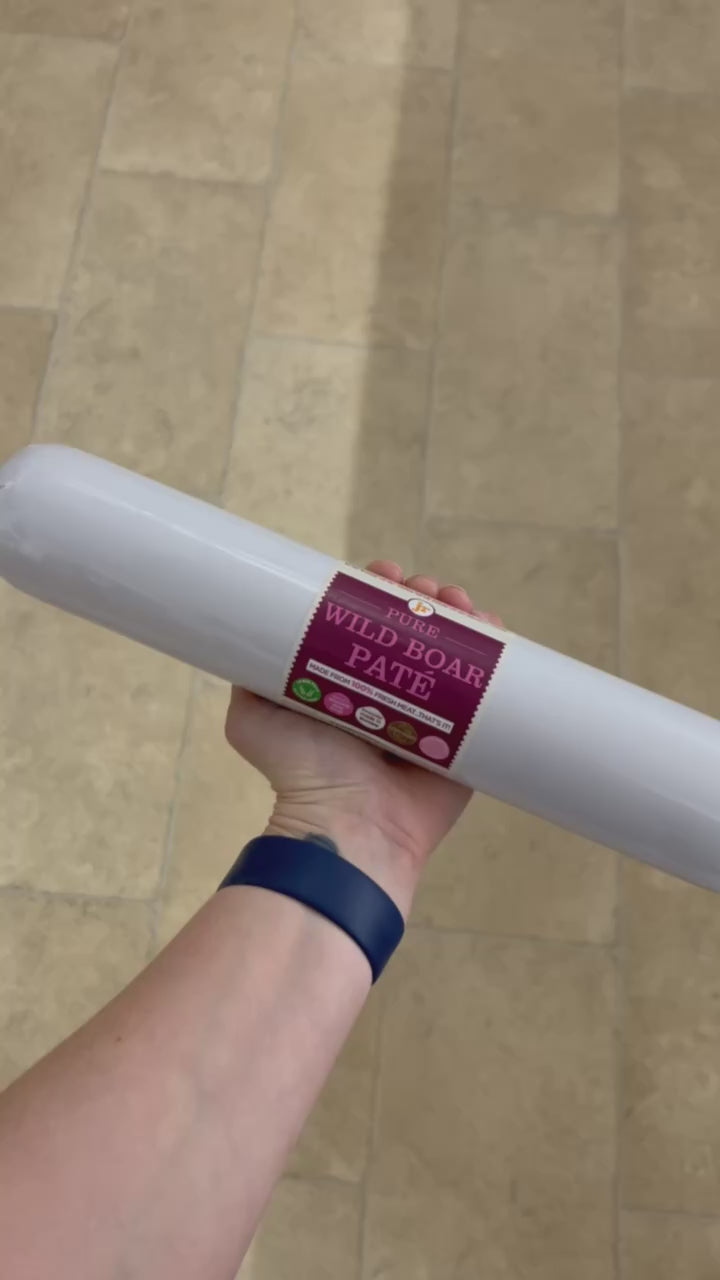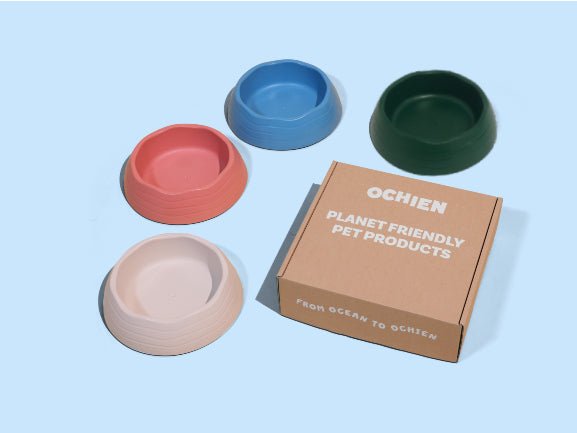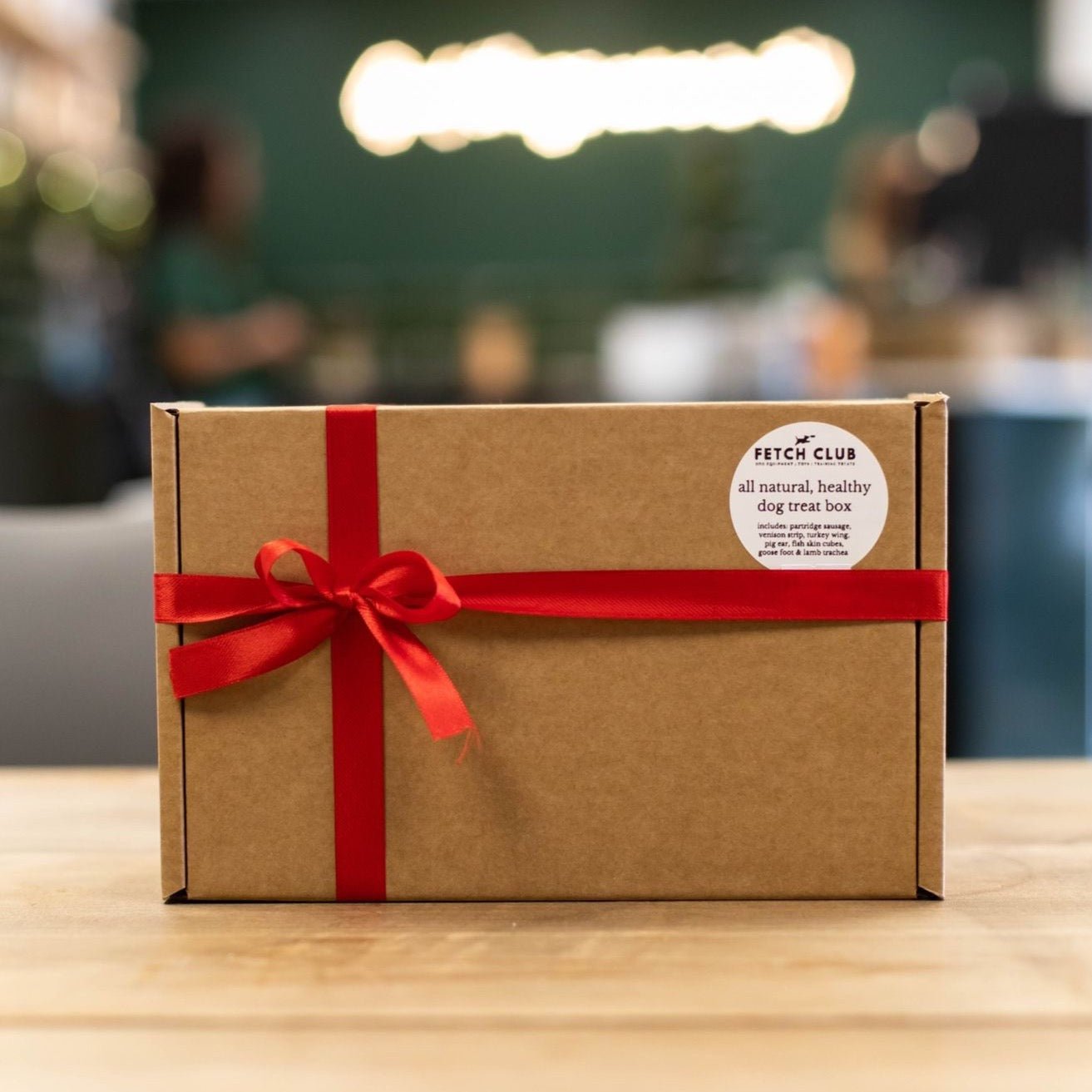How we use a Tug-E-Nuff toy
Ah, the incredible world of dog toys. We live in a glorious age where there are businesses created only for the purpose of keeping our dogs happy and entertained. How fantastic! There’s a vast array of toys out there, with something designed for every dog and every owner. Some toys and their funny designs almost seem like they’re more for our amusement than our dogs! With all the copious amounts of choice, how do you decide what to use and when?
Today I want to talk specifically about the Tug-E-Nuff toys, when to use them and how to use them.
When to use a Tug-E-Nuff Toy
The Tug-E-Nuff range is really designed for dogs who like to tug. This is almost all dogs, though some will hide their toy drive when they’re shy, and some dogs simply don’t want to play for a variety of reasons. For the shy ones, Tug-E-Nuff's are hands down our favourite toy to bring a shy dog out of their shell.
The game of tug, and toy drive in general, aren’t exactly to do with toys at all. Dogs like toys because dogs are predators, and the toy is prey. Things that move fast, or quirkily, are particularly interesting to our canine friends, and the more the dog is genetically wired to be a good hunter or herder, the more they will be interested in toys.
How to use a Tug-E-Nuff toy
By playing tug, we can play at hunting with our dog! The way we move the toy on the ground, snatching it out of their reach at the last second and making a game out of your dog trying to ‘catch’ the toy will satisfy genetic desires. As will the actual tugging part! Sorry to be gross, but, in the context of the hunt, this is the part where they would rip apart the animal and decide who gets to eat what. In dog training, this is also a beautiful time to start to implement some all-important commands, such as ‘drop’. How well you play this hunting game with your dog will directly influence how they feel about you. If they think you’re really good at it, they’re going to want to keep playing. They’re going to start to think you are really, really fun.
When a dog thinks you’re really fun, you have hit the jackpot. This will improve their recall, their ability to focus on you outdoors and their overall trainability.
Now, when actually getting down to the nitty-gritty of the game of tug, think of it like a game of possession. This toy you have is really valuable, the tastiest, juiciest tug you’ve ever seen. The one who holds the tug is the winner, and, contrary to weird old-school advice which we’ll not dive into today, we want your dog to be the winner, not you. It’s just that they have to believe you want it to be you. When they believe that, they will want to win it more.
So when you play, frustrate them a little bit (not too much, don’t overdo it). Tease them and show them this brilliant ‘prey’ you found, make it look like it’s half dead but not quite. This is made so much easier with the Tug-E-Nuff toys as they’re fluffy, it does kind of look like the tail of an animal! This prey keeps jumping just out of reach until finally, your dog catches it in their mouth. This is the time to praise, heavily. They did the right thing by putting their mouth on it. During puppyhood, we spend a fair amount of time teaching our dog not to put their mouth on things. We need them to understand that it’s good for them to put their mouth on this toy, and don’t worry about them getting confused – dogs are smart and understand context.
Here’s the really important bit: they win! You let go and you praise them for being a big, strong, clever dog who won their prey fair and square by being extremely cunning, agile and very, very smart. Yes, you really want to praise them. BUT you do not let them chew the toy. The game starts again! Again, made easy by the Tug-E-Nuff toys as there will be a handle or a longer part for you to grab hold of to make that game begin again. Can you snatch it from their mouths or do they have a good grip on it? In which case, you give them a run for their money with the tug. Maybe after 10 seconds of tugging, you might ask for a ‘drop’.
3 ways to get your dog to drop a toy
There are 3 ways that we recommend getting a dog to drop an item on command.
- You can pull it in and hold the toy very, very still. This sudden lifelessness may very well make the dog want to let go.
- You could try swapping the toy for a small piece of food. Be careful with this one, you want to make sure they’ve swallowed the food before you play again.
- And thirdly (and this is our favourite way to do it), you can swap it for another identical toy. If you use that method, it’s really helpful if they’re identical as you don’t want your dog to prefer one over the other.
It’s very important to let your dog win as often as possible. Maybe they will even parade around with it! I see many people play with their dog and they repeatedly ask the dog to drop without ever letting them win. This can create frustration and boredom in play - who wants to play a game they never win?
It’s also very important not to let them chew the toy. There will come a point in the game where your dog will tire out, and they will try to lie down with the toy and chew on it. Genetics is a fascinating thing; yet again, we’re back in the hunt! This is the part of the hunt where the dog goes off somewhere to actually eat their prey. We obviously don’t want them eating their toy, plus it’s pretty self-rewarding to destroy stuff, so this is the part where we highly recommend you swap that toy for a handful of treats. Put that handful of treats on the floor by their paws where they are lying down, and remove that toy without conflict. Whilst they are eating, the toy goes away.
This is another crucial point. That toy doesn’t get seen again until you’re ready for another play session. As previously mentioned, prey, aka the toy, is extremely valuable. A rarely seen deer. The valuable deer does not lie on the living room floor waiting to get ‘got’. Nor does it sit in the dog’s cute toy box available for them to pull out and amuse themselves with at any given moment. It is a prized possession that will hugely enhance your relationship with your dog and your dog’s training.
This toy appears when you are ready to have FUN and your dog’s reaction to seeing the toy come out should mirror this. If you only use them for a few minutes on a walk, even better as this will help your dog learn to focus on you when outside. Then the toy gets popped away again out of sight and out of reach. This will also help ensure the toy stays intact for longer, as toys left with an unsupervised dog tend to get destroyed.
If your dog is getting along really, really well in their tug games, it might be an idea to start using the tug as their reward instead of food. Some dogs enjoy ‘working’ for toys more than food. By implementing the above, you can keep plenty of value in their reward, but also teach them a little patience with the toy so that they can execute the command (such as sit or down) with a clear head, then take their toy as the reward when you tell them “yes”.
Best practices for Tug-E-Nuff toys:
- These toys are designed for playing tug.
- The amount of fun your dog has correlates with how much fun you are when you play.
- You can teach important commands through playing tug.
- It’s really important to let your dog win, often.
- Don’t allow your dog to chew the toy.
- Keep the toy hidden as it will help your dog feel more excited when they see it come out!
- For dogs who are really into playing tug, you can use it as a reward instead of food.
